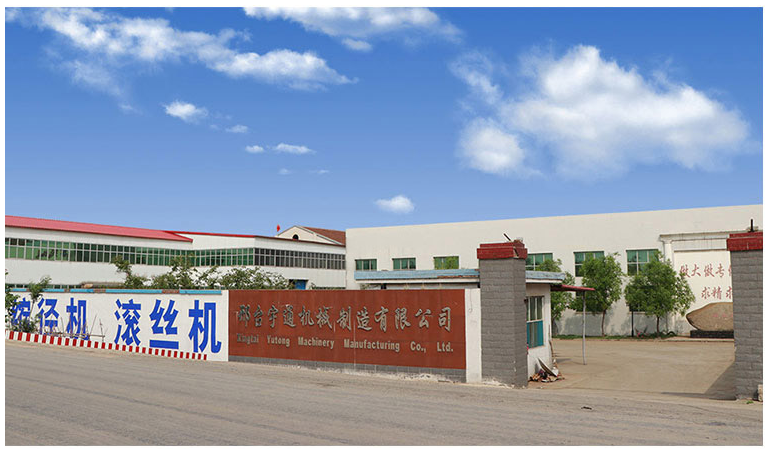
-
 Afrikaans
Afrikaans -
 Albanian
Albanian -
 Amharic
Amharic -
 Arabic
Arabic -
 Armenian
Armenian -
 Azerbaijani
Azerbaijani -
 Basque
Basque -
 Belarusian
Belarusian -
 Bengali
Bengali -
 Bosnian
Bosnian -
 Bulgarian
Bulgarian -
 Catalan
Catalan -
 Cebuano
Cebuano -
 Corsican
Corsican -
 Croatian
Croatian -
 Czech
Czech -
 Danish
Danish -
 Dutch
Dutch -
 English
English -
 Esperanto
Esperanto -
 Estonian
Estonian -
 Finnish
Finnish -
 French
French -
 Frisian
Frisian -
 Galician
Galician -
 Georgian
Georgian -
 German
German -
 Greek
Greek -
 Gujarati
Gujarati -
 Haitian Creole
Haitian Creole -
 hausa
hausa -
 hawaiian
hawaiian -
 Hebrew
Hebrew -
 Hindi
Hindi -
 Miao
Miao -
 Hungarian
Hungarian -
 Icelandic
Icelandic -
 igbo
igbo -
 Indonesian
Indonesian -
 irish
irish -
 Italian
Italian -
 Japanese
Japanese -
 Javanese
Javanese -
 Kannada
Kannada -
 kazakh
kazakh -
 Khmer
Khmer -
 Rwandese
Rwandese -
 Korean
Korean -
 Kurdish
Kurdish -
 Kyrgyz
Kyrgyz -
 Lao
Lao -
 Latin
Latin -
 Latvian
Latvian -
 Lithuanian
Lithuanian -
 Luxembourgish
Luxembourgish -
 Macedonian
Macedonian -
 Malgashi
Malgashi -
 Malay
Malay -
 Malayalam
Malayalam -
 Maltese
Maltese -
 Maori
Maori -
 Marathi
Marathi -
 Mongolian
Mongolian -
 Myanmar
Myanmar -
 Nepali
Nepali -
 Norwegian
Norwegian -
 Norwegian
Norwegian -
 Occitan
Occitan -
 Pashto
Pashto -
 Persian
Persian -
 Polish
Polish -
 Portuguese
Portuguese -
 Punjabi
Punjabi -
 Romanian
Romanian -
 Russian
Russian -
 Samoan
Samoan -
 Scottish Gaelic
Scottish Gaelic -
 Serbian
Serbian -
 Sesotho
Sesotho -
 Shona
Shona -
 Sindhi
Sindhi -
 Sinhala
Sinhala -
 Slovak
Slovak -
 Slovenian
Slovenian -
 Somali
Somali -
 Spanish
Spanish -
 Sundanese
Sundanese -
 Swahili
Swahili -
 Swedish
Swedish -
 Tagalog
Tagalog -
 Tajik
Tajik -
 Tamil
Tamil -
 Tatar
Tatar -
 Telugu
Telugu -
 Thai
Thai -
 Turkish
Turkish -
 Turkmen
Turkmen -
 Ukrainian
Ukrainian -
 Urdu
Urdu -
 Uighur
Uighur -
 Uzbek
Uzbek -
 Vietnamese
Vietnamese -
 Welsh
Welsh -
 Bantu
Bantu -
 Yiddish
Yiddish -
 Yoruba
Yoruba -
 Zulu
Zulu
Exploring HSN Codes for Thread Rolling Machines and Their Exporting Opportunities Worldwide
Understanding Thread Rolling Machine HSN Code and Its Export Impact
In the global manufacturing landscape, the thread rolling machine holds a pivotal role in the production of fasteners, bolts, screws, and other components that require high precision. These machines are designed to create threads through a process that deforms the material rather than cutting it, which enhances the strength and integrity of the finished products. For exporters engaged in international trade, understanding the Harmonized System Nomenclature (HSN) code for thread rolling machines is vital for compliance, pricing, and market accessibility.
What is HSN Code?
The HSN code is an international standard for describing and classifying traded products. Developed by the World Customs Organization (WCO), this system aids customs authorities worldwide in streamlining and monitoring imports and exports. Each product category is assigned a unique code, making it simpler to apply tariffs and regulations consistently across countries.
Importance of Thread Rolling Machine HSN Code
For manufacturers and exporters of thread rolling machines, acquiring the correct HSN code is essential for several reasons
1. Customs Compliance Accurate HSN coding ensures compliance with local and international trade laws. Incorrect coding can lead to delays, fines, or even the rejection of shipments at the border.
2. Tariff Assessment Different HSN codes may attract varying duty rates. Knowing the precise HSN for thread rolling machines enables exporters to calculate costs more accurately and optimize their pricing strategies.
thread rolling machine hsn code exporters

3. Market Research and Strategy The HSN code provides insight into market trends and consumer demands. Exporters can analyze data related to the trade volumes of thread rolling machines across different regions, helping them identify potential markets and tailor their marketing strategies effectively.
The Global Market for Thread Rolling Machines
The demand for thread rolling machines is heavily influenced by industries such as automotive, aerospace, and construction, which require reliable and high-strength threaded components. As global economies recover and industries ramp up production, the demand for these machines is expected to rise. Exporting companies need to stay abreast of international standards and regulations to capitalize on this opportunity.
For instance, many countries have implemented stringent regulations regarding the import of manufacturing equipment to ensure sustainability and safety. Understanding the specific HSN codes applicable to thread rolling machines helps exporters navigate these regulations effectively.
Challenges Faced by Exporters
One of the main challenges faced by exporters of thread rolling machines involves adapting to the constantly evolving HSN classification systems and international trade agreements. Changes in regulations or tariffs can significantly impact costs and market position. Exporters must remain vigilant about updates and ensure that their product classifications are accurate and up-to-date.
Conclusion
As the landscape of global trade continues to evolve, the importance of precise HSN coding for thread rolling machines cannot be overstated. Manufacturers and exporters must ensure compliance with customs regulations, accurately assess tariffs, and analyze market trends to effectively navigate international markets. By understanding the nuances of HSN codes and their implications, businesses can position themselves for growth and success in an increasingly competitive environment. Embracing these guidelines not only facilitates smoother transactions but also enhances the potential for exploring new markets and expanding the operational footprint of thread rolling machine producers. With meticulous attention to detail and a proactive approach to compliance, exporters can thrive in the bustling arena of global manufacturing and trade.
